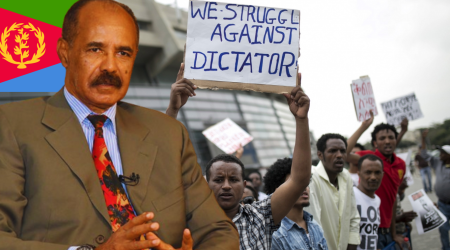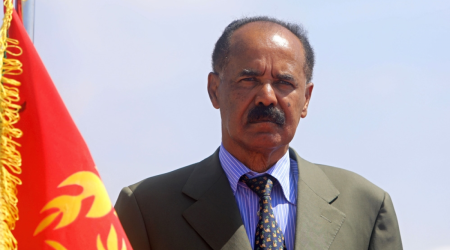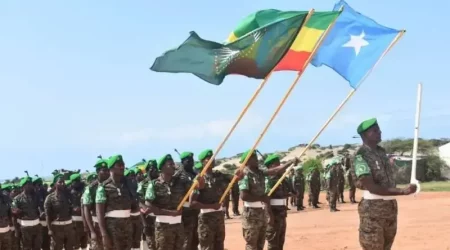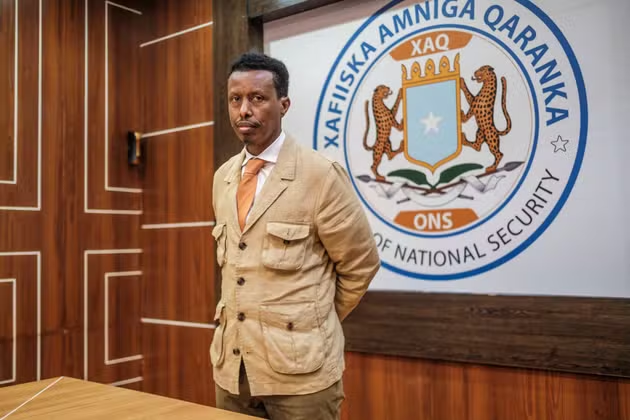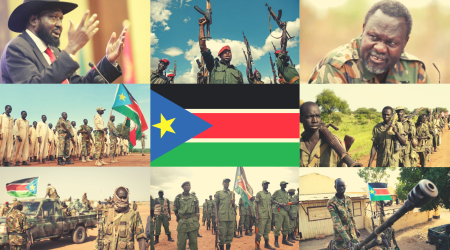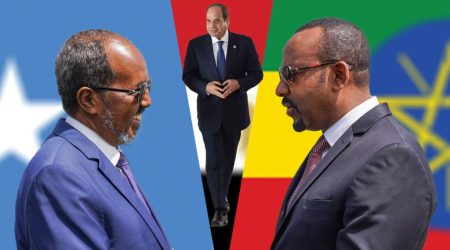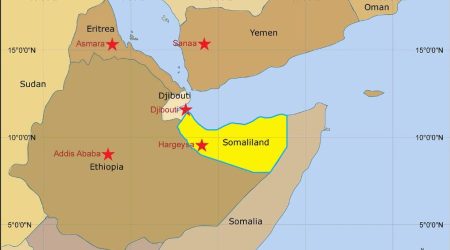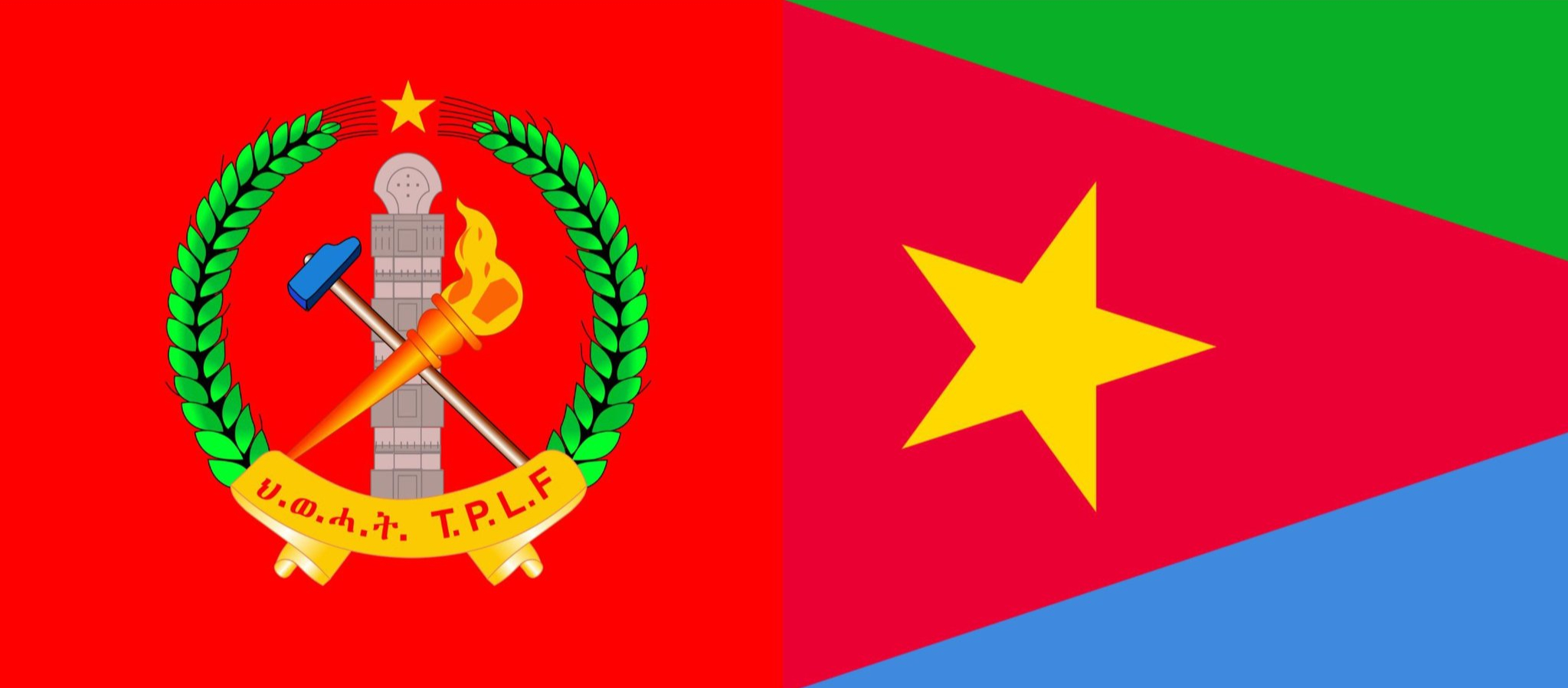
30
Jul
Opening Doors to Peace and Progress: The Strategic Impact of EPLF and TPLF cooperation
Rival nations are generally perceived to be great hurdles to peace among and within countries. Yet, history has always illustrated the prowess of dialogue to convert foes into companions, ushering in reconciliation and prosperity at the local level. Nelson Mandela’s timeless sagacity “If you want to make peace with your enemy, you have to work with your enemy; then he becomes your partner” remains just as applicable today, specifically in the tumultuous landscape of the Horn of Africa. Could the same ideology reshape the future of TPLF-EPLF relations?
Over the ages, alliances and hostilities have demonstrated themselves to be amazingly pliable. Coalitions that fight together tend to become rivals, and arch-nemesis can become an alliance. Rwanda’s Patriotic Front and Uganda’s National Resistance Movement who fought side by side, for example, became rivals due to border conflicts, trade disputes, and competing regional power. Yet after periods of friction and even confrontation, they slipped into partnership once again, both advancing security initiatives side by side and setting out on infrastructural development projects that served both nations.
Correspondingly, post-apartheid South Africa experienced reconciliation between the ANC and Inkatha Freedom Party whose violent competition gave way to a unified national government and stability. In non-African geography, the Good Friday Agreement ended the longstanding conflict between the Irish Republican Army and British rule, transforming one-time bitter adversaries into power-sharing allies in an union coming out dormancy. All of this means that coalition of conflicting forces led to democratic transition, pathways to regional cooperation and mechanism to avoid future proxy wars.
The bonds shaped in the challenge of shared struggle are often believed unbreakable, yet, the EPLF and TPLF route from comrades in liberating their nations to bitter enemies involved in destructive conflict embodies this dynamic. Their breach, driven by border disputes, ideological divisions, and individual leadership animosities, fueled not only bilateral conflict but also regional volatility as each supported proxy forces in nearby nations. But history suggests the possibility of a restorative reconciliation that would hold massive payoffs.
Long deeply involved in suspicion and ideological rivalry, the unexpected coalition of EPLF and TPLF took everyone by surprise. And some comment that this could be a hardship for the horn of Africa because both have opposing ideology and become the reason for another session, believing that the region can’t hold another session in a very conflict born region. Others also confirm that the union can be the cause of competing nationalist agendas, once more generating tension in the region for the future. Not only this, others also criticize that this union can be accomplished because there is distrust between both and an unresolved contention regarding delimitation of land.
Despite this all speculation, new cooperation between the EPLF and TPLF can unlock Ethiopia’s access to such Eritrean ports as Assab and Massawa by opening the trade routes in Tigray and Eritrea as their animosity has closed the trade routes and been an obstacle for economic integration. This would be a change for Ethiopia’s economy, providing cheaper trade opportunities, foreign investment, and employment opportunities for the broader area. A union would close the chapter of authoritative militarization and proxy wars, both between Ethiopia and Eritrea and within hotspots like Tigray, we have seen the Tigray conflict and how the Eritrean allegedly committed atrocities, if there is continuous animosity between the two groups this kind of direct conflict or proxies will continue in Tigray region and beyond that.
Through fixing the root causes of enmity and strife, both countries would direct resources to development and social welfare, Eritrea has not developed since the italian left the country this will open to development of the country. Mutual dedication to discussion would enable both sides to agree on recognizable, mutually agreed borders, particularly closing the contested Bademe claim. Such openness would be the cornerstone of lasting interstate peace and eliminate remaining explanations for war. Decades of conflict have frayed social, familial, and cultural ties among people of Ethiopia and Eritrea. Reconciliation would facilitate a re-rebuilding of such cohesion-generating ties through people-to-people interaction and reconciliation at the generation level. The two countries together would become less vulnerable to foreign exploitation by international and regional powers who could attempt to exploit splits in order to achieve strategic or resource interests.
Their reconciliation would create a positive energy for broader integration across the Horn of Africa, as there were the case for the war and conflicts in the region directly or indirectly, both groups have supported rebellious groups outside their territory like Somalia and Sudan to influence and show their hands in the Horn of Africa. The alliance can set an example for closing other deep-rooted animosities such like RSF and SAF have and the Somalia government and the federal governments have and triggering cross-border investment in infrastructure. For maximizing these benefits and reconciliatory sustainability, several key measures are proposed.
The government Creating a joint peacebuilding agenda with concrete steps on demilitarization, resource-sharing, and power-sharing formulas involving civil society organizations would provide broad social acceptance. Assigning highest priority to border delimitation and restoration by autonomously monitored technical commissions, coupled with resettlement and property return schemes for the displaced, would further solidify peace.
We have witnessed former sworn enemies for the greater good like the ANC and Inkatha freedom party in South Africa, The Rwanda Patriotic front and Uganda’s National Resistance Movement or even the Irish Republican Army and the British government, who ended decades of war and welcomed peace. Their reconciliation not only shunned civil wars but also promoted democratic transition and reforms, promoted infrastructures developments and strengthened regional stability. As much as the reconciliation of EPLF and TPLF presents formidable challenges, they hold the promise for opening up tremendous dividends not only to Ethiopia and Eritrea but even to the whole Horn of Africa.
Through economic union, bold dialogue, and community healing, these former adversaries can translate decades of destructive war into lasting peace and shared prosperity. Peace born between former enemies often lays the most solid groundwork for the future.
By Rebecca Mulugeta, Researcher, Horn Review

